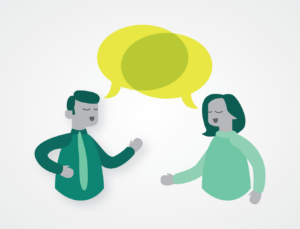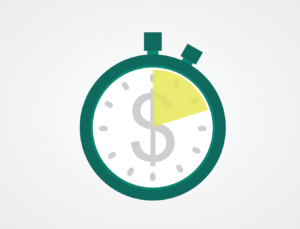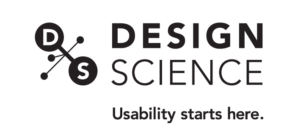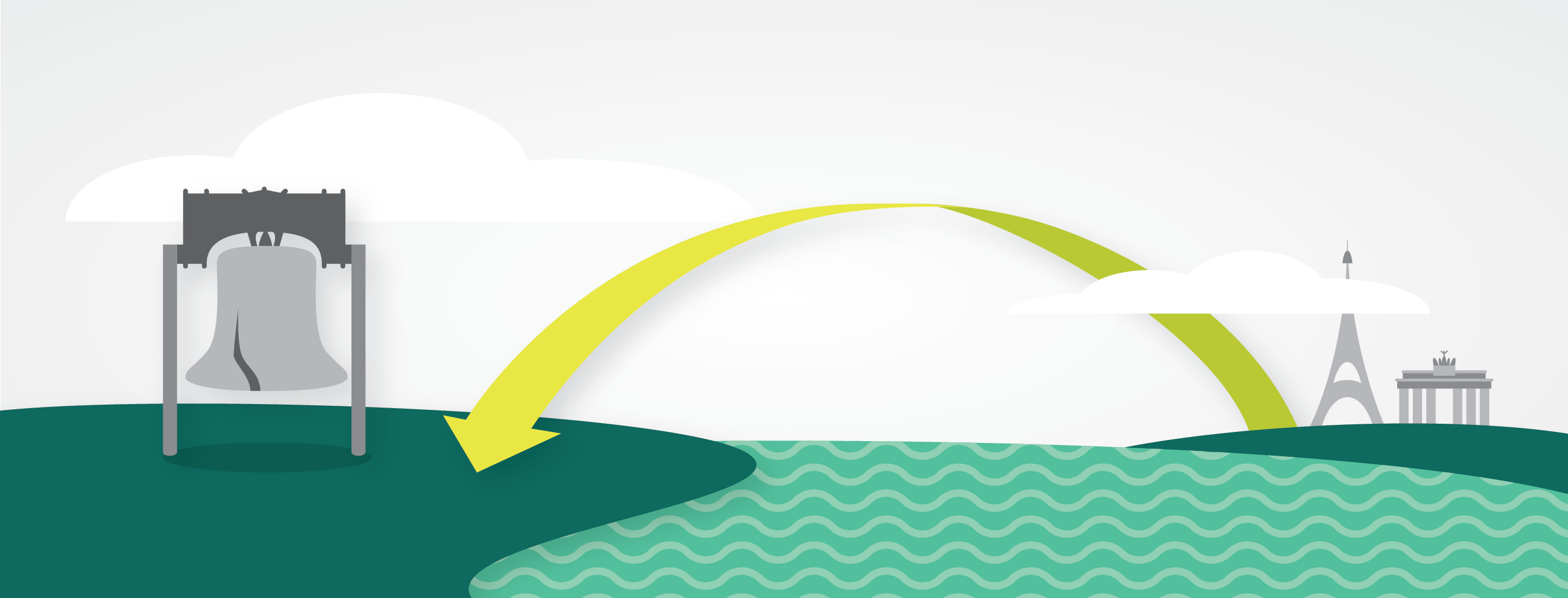The European Perspective: American Work Culture
/ in culture , France , French , German , Germany , international , news / by Christina SThis year, Design Science is excited to host our first ever international short term employees! Audrey and David both have European backgrounds, living and working in France and Germany, respectively, before joining Design Science. Audrey is working in the Design Department and David is working with our Human Factors team. We asked them to speak a little about the work culture of the United States, versus the working culture of their home countries.
When compared to your home country, what cultural differences have struck you the most while working at Design Science?
David, Germany
Workplace Atmosphere
One thing that stands out to me is the different atmosphere in the workplace. This might be, in part, simply due to the different way of addressing coworkers.
In Germany, like in many other countries around the world, there are two distinct ways of addressing people.
- An informal way involves addressing someone by his or her first name and using a particular personal pronoun (Du).
- A formal way of addressing the conversational partner uses his or her last name, title, and a different pronoun (Sie).
The informal way is reserved for talking to friends and peers, while the formal address is still widely used in professional settings. In the U.S., however, addressing colleagues—as well as superiors—by their first name is normal.
For some time now, Germans have been  debating whether or not companies should change to using an informal address because it naturally creates a more open and welcoming atmosphere. The biggest argument against doing so is the fear that a more familiar atmosphere will reduce the sense of hierarchy and result in unprofessional conduct.
debating whether or not companies should change to using an informal address because it naturally creates a more open and welcoming atmosphere. The biggest argument against doing so is the fear that a more familiar atmosphere will reduce the sense of hierarchy and result in unprofessional conduct.
While being part of the team at Design Science and naturally addressing everyone by their first names, I have been amazed to experience first-hand how it is possible to create an open and familiar atmosphere, while at the same time maintain a highly professional attitude.
Not only is this combination possible, but I have discovered it establishes the foundation for creative, open-minded thinking and collaboration.
Looking towards Germany’s debate now, I can see how transitioning from an old, traditional form of address to an open, informal one will be difficult. However, with my experience in the U.S., I now see that the benefits of this transition outweigh the efforts necessary to adapt.
Audrey, France
Time Management
The cultural difference that struck me the most while working here is in time management. French and American people have very distinct ways of organizing their day and structuring project timelines.
I have found that the adage "Time is money" accurately describes the American way of working. In the U.S., companies work to be as efficient as possible to meet client needs. This translates into the creation of rigorous processes that guide employees throughout the project and allow them to smoothly meet their deadlines. I have noticed this care for efficiency at Design Science more than during any of my previous French work experiences. I must admit it feels good to know which step of the process you’re at and which steps await you.
 In France, project management tends to be more chaotic. We rarely set up rigorous processes and we leave a lot of grey areas in project management organization. French companies hardly ever monitor the exact time each employee has spent on different projects. French people like to leave room for creativity and spontaneity, but this often leads to intense last minute rushes. Deadlines are sometimes not respected due to a lack of organization.
In France, project management tends to be more chaotic. We rarely set up rigorous processes and we leave a lot of grey areas in project management organization. French companies hardly ever monitor the exact time each employee has spent on different projects. French people like to leave room for creativity and spontaneity, but this often leads to intense last minute rushes. Deadlines are sometimes not respected due to a lack of organization.
The American care for efficiency is also visible in the employees' behavior at work. While at work, employees can be very focused on their tasks and only take short breaks for lunch. The French, in contrast, really love incorporating breaks into the workday—as evidenced by the crowds that gather around the coffee machine several times a day. We also tend to take long lunch breaks (that can last up to an hour and a half on a quiet day). This habit can be perceived as laziness, but it helps us be creative while working. Taking time away from our desk gives us the opportunity to gain a new perspective on our ongoing projects, which may lead to an innovative solution. I haven’t completely lost this habit while in the U.S. and still go for short walks from time to time to be able to think straight.
Communication Styles
Another element of American work culture that surprised me in a very positive way was the straightforward communication. American employees always want to make sure they are on the same page as the person they are talking to, certain they are sharing the right information to have a fruitful conversation. I appreciate that at the end of any meeting, teams take time to reiterate all the topics that were addressed and answer any unresolved questions. In France, it’s a complete different story! French people tend to imply things and not express them clearly in an effort to be diplomatic. Employees often are unsure what their coworkers meant, because everything we say can potentially be interpreted in different ways. While this room for interpretation makes French conversations rich in meaning, it can also be misleading and counter-productive in the workplace.
Final Thoughts
We are both very grateful to have been given the opportunity to work at Design Science and be immersed in American culture. It has been a fun and interesting experience discovering the American way of working and it has given us time to reflect on professional environments in France and Germany. We have found that even though French, German, and American work cultures are very different, it is actually rather easy to adapt. We have gladly internalized some American habits that we hope to bring back to our home countries.
Share this entry
-
Share on Facebook
Share on Facebook
-
Share on Twitter
Share on Twitter
-
Share on Google+
Share on Google+
-
Share on Linkedin
Share on Linkedin
-
Share by Mail
Share by Mail










